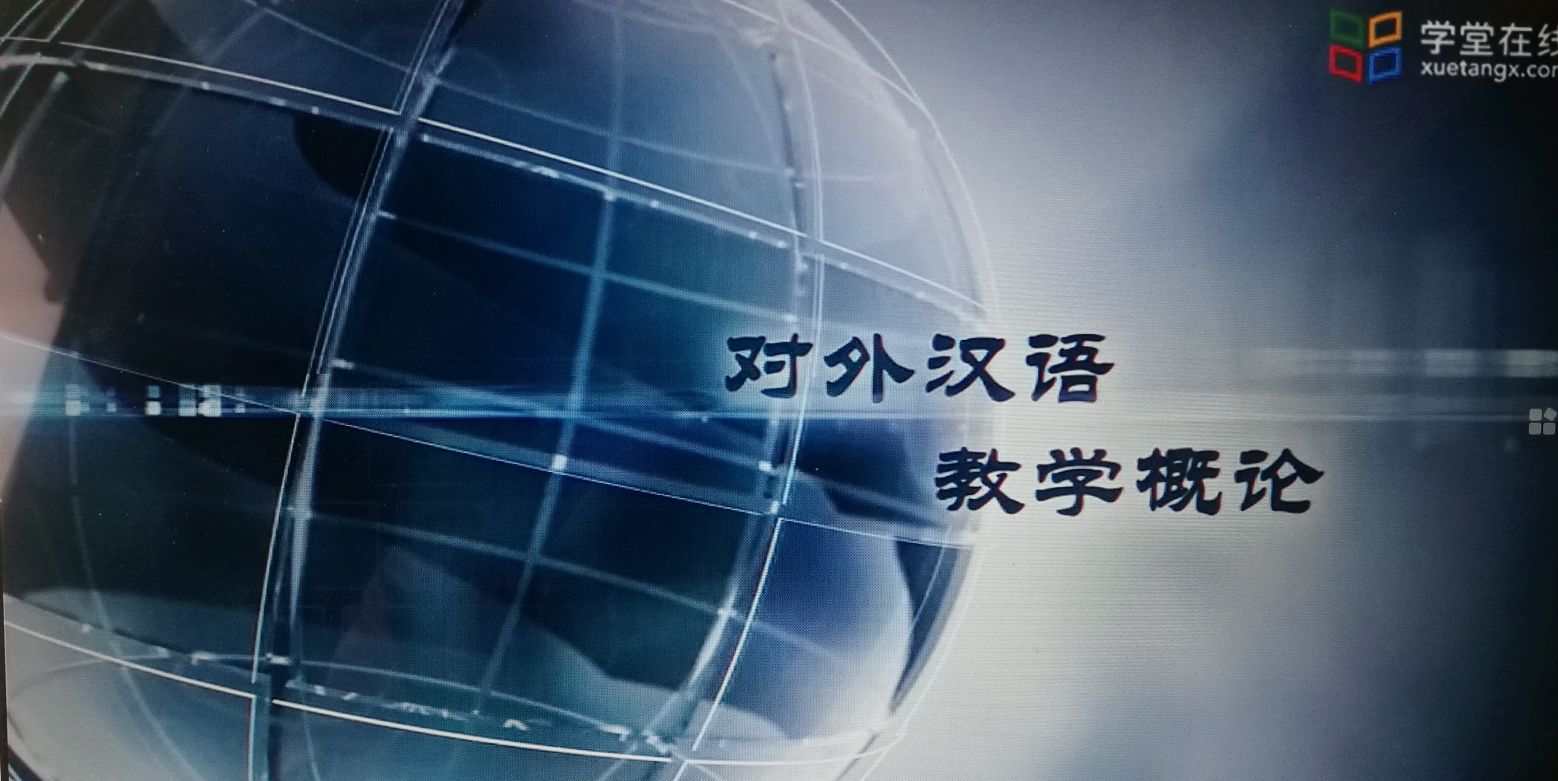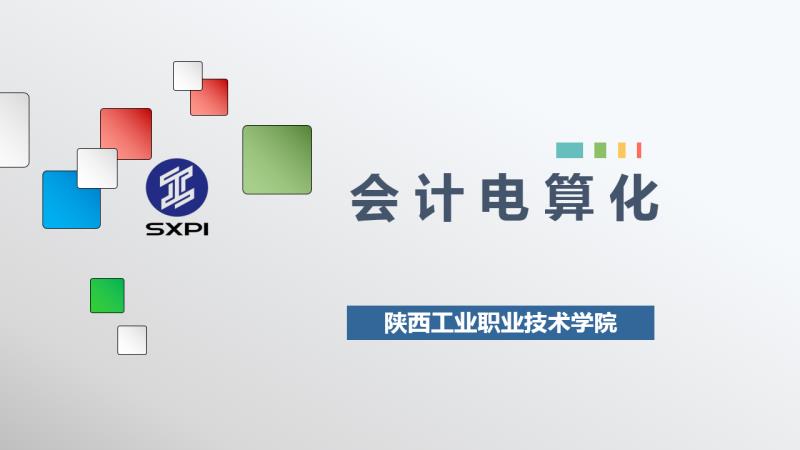
当前课程知识点:Innovation and Creative Thinking (创新与创意思维) > 13. Case Study (Selective)个案研究(选学) > Case Study: Keep-fit formula for Children (学童Keep-Fit方程式) > Case study: Telehealth and telecare Initiative (远程医疗和远程照护的首创)
返回《Innovation and Creative Thinking (创新与创意思维)》慕课在线视频课程列表
Telehealth and Telecare Initiative
远程医疗和远程照护的首创
This course uses case studies to illustrate concepts that you have heard in class
这个课程采用个案分析方法来说明课堂上你听到的概念。
The first case of study focuses on telehealth and telecare. We would like you to explore what drives innovation. The award winning Telehealth System was developed by the School of Nursing in collaboration with community partners and supported by The Hong Kong Polytechnic University. The Telehealth System was the first innovative concept in Asia to use telecommunication technology and health informatics to provide alternative methods of health assessment, consultation and community health services. The system was first piloted in April 2000 and was inaugurated in July 2001. The idea of the Telehealth system came up when everyone was busy worrying about the millennium bug towards the end of the last century. We were so dependent on the computers that a single computer bug made us very nervous.
第一个个案研究以远程医疗和远程照护为中心,我们希望你们来探索是什么驱动了创新。这项获奖的远程医疗系统是受香港理工大学支持,由护理学院和当地社区合作伙伴共同研发的。这项远程医疗系统在亚洲是首次提出的全新概念,它将电子通讯技术和健康信息结合,为健康评估、咨询和社区医疗服务提供可替代的其他方式。这项系统在2000年4月进行第一次试验,并于2001年7月正式投入使用。上世纪末每个人都很担心千年虫,正是在这个背景下提出了远程医疗系统的概念。我们对电脑如此依赖,它出现一个程序错误都会使我们非常焦虑。
You will wonder why?
你会在想为什么这样呢?
It’s because computer is becoming more and more pervasive. On the other hand, this means some probable applications of computer technology in looking after people’s health in the community are possible.
原因在于电脑变得越来越普遍。换句话说,这意味着应用电脑技术照护人们健康的可能性非常大。
There are many challenges in the 21st century, which are experienced in most industrial societies. They are:
在21世纪有很多的挑战,而且在工业社会已经面临。它们是:
Ageing population – all industrial societies experience this. Hong Kong is of no exception.
人口老龄化— 所有工业社会都会经历,香港也不例外。
We live much longer than our ancestors. By 2020, life expectancy at birth could easily be above 80.
现在我们的寿命比祖先更长,到2020年,出生时预期寿命将会轻松达到80岁以上。
Unfortunately,the total fertility rates in the industrial societies are dropping. In most case, it’s less than one child per family.
但不幸的是,工业社会的总体生育率在不断下降。大多数情况,一个家庭平均少于一个小孩。
Let’s use Hong Kong as an example, almost 20% of the population will be 65 or above by year 2023!
以香港为例,到2023年将近20%的人口将会达到65岁及以上。
The population pyramid has reversed over the years. It means we will have less young people, a smaller work force in the future.
这些年人口金字塔正在翻转。它意味着年轻人越来越少,未来劳动力人口越来越少。
In health services, old people account for most emergency admission in hospitals.
在医疗服务方面,老年人占据了大部分的医院紧急入院资源。
Similarly, they attribute to most utilization, that is, they consume most hospital bed days.
同样,他们最大程度地利用,也就是,他们使用了大部分的医院床位。
The second challenge is the advances in medicine and technology. This makes community based health services possible.
第二个挑战是医疗和科技方面的进步。它使以社区为基础的医疗服务成为可能。
The third challenge is the uprising of new communicable diseases such as SARS and Avian Flu. It calls for more community actions such as Public health education and specific vaccination.
第三个挑战是逐渐攀升的传染性疾病,如SARS和禽流感。它号召在社区采取更多行动,如公众健康教育和专门的疫苗接种。
The unprecedented longevity compounded by sedentary work in modern societies has also put our health at risk. We have more patients with non-communicable diseases than ever.
前所未有的长寿再加上现代社会久坐不动的工作使我们的健康更加处于危险当中。现在患有非传染性疾病的病人比以往任何时候都多。
Common ones are cardiovascular diseases, respiratory diseases, mental illness and cancer.
常见的疾病包括心血管疾病、呼吸系统疾病、精神疾病和癌症。
Most of these patients stay at home. They are taken care of by nurses in the community.
大部分病人都是待在家里,由社区护士照料。
Lastly, with the ever increasing service demand, high quality expectation and limited resources, most industrial societies have called for health care reforms. This includes philosophical shift from a patient focused service to patient collaboration service, strengthening community sources and, Developing new models of primary care, making use of electronic service delivery.
最近,随着人们对服务需求的增加、服务质量的期望提高以及资源的有限,工业社会已经开始号召医疗改革。这包括哲学思维的转变,从以病人为中心的服务变为病人协作服务、增加社区的资源、发展新的基层医疗模式和利用电子化传递服务。
Through these changes, it’s hoped that modern practice would be encouraged, avoidable hospitalization reduced and service planning enhanced.
通过这些变化,社会鼓励发展现代化的实践,从而减少可避免的住院并增强服务的计划性。
It was against this background that we developed the Telehealth System in year 2000.
正是在这样的背景下,我们在2000年研发了远程医疗系统。
Terminology
专业术语
Telehealth is defined as the integration of telecommunications technologies into the practice of protecting and promoting health, while Telecare is the provision of care at a distance using information and communication technologies.
远程医疗的定义是将电子通讯技术融入到保护和促进居民健康的实践中,同时远程照护是通过使用信息和通讯技术提供远距离的照护。
A telehealth system
远程医疗系统
– Is a comprehensive database on people’s health,
– 是关于人们健康的综合数据库
– Produces a regular health profile of the community concerned,
– 形成以社区为基础的常规健康档案
– Enables non-invasive treatment modalities be delivered, and
– 能够传递非侵入性的治疗措施
– Maintains an individual lifelong health record.
– 维持个人终生的健康记录
Telehealth typically has the following characteristics:
远程医疗一般主要有以下特征:
It cuts across traditional boundaries of many interested stakeholders and professional groups.
它超越了利益相关者和专业团体之间的传统界限。
It cuts across physical,geographical and national boundaries.
它超越了身体、地理和国家的界限。
Its scope of services is unlimited
它的服务范围不受限制。
Conceptually, there are three components in the telehealth system, namely a community-based telehealth clinic, a Web-based information centre and a health statistics centre. The telehealth clinic is the nucleus of the system.
在概念上,远程医疗系统有三个主要部分,分别是以社区为基础的远程医疗诊所、以网络为基础的信息中心和卫生统计中心。远程医疗诊所是这个系统的核心。
The health assessment data collected from individuals and families forms the database for the health statistics centre. Based on these data, the telehealth system offers interventions, including the use of the Web-based information centre.
从个人和家庭收集来的健康评估数据形成了卫生统计中心的数据库。基于这些数据,远程医疗系统可以提供多种干预措施,包括使用以网络为基础的信息中心。
The Self-Administered Health Assessment Kiosk uses sophisticated but user-friendly electronic health assessment devices to integrate health assessment into client-operated practice.
自我管理健康评估一体机采用了复杂但用户容易使用的健康评估设备,它将健康评估和用户操作结合在一起。
To manage the increasing demands from the community, a Centre for the Telehealth and Telecare was established. A mobile telehealth clinic was also set up to strengthen its services for people living in remote communities.
为了满足社区逐渐增加的需求,我们建立了远程医疗和远程照护中心。此外还建立了可移动的远程医疗诊所,来增强对住在较远社区人们获取服务的支持性。
To facilitate health assessment and counselling, an enhanced voice-tracking camera is connected to the HAK. Through the HAK, health data are collected, digitized and transferred to an expert station for screening and to the server farm in a telecommunications company for storage.
为了促进健康评估和咨询,将强化版的声音追踪相机与健康评估一体机连接在一起。通过一体机,收集健康数据,并进行数字化处理,然后传输到专家端口加以筛查,同时还会传输到服务器机群加以储存。
Let’s walk through the journey of a user using the Telehealth and Telecare service
让我们进入使用者的远程医疗和远程照护服务之旅。
Every user has to make an appointment through the Appointment Booking System which can be accessed through the web or in the Centre.
每个使用者须要在预约系统进行预约,可以在网上或中心预约。
In the Centre, a booking and enquiry kiosk was designed to handle initial registration, appointment booking and to provide quick access to clients’ personal health records. Users must register before they use the telehealth system.
在健康中心设计了预约咨询一体机,可以进行首次注册、预约以及快速获取个人的健康记录。使用者在使用远程医疗系统之前必须先注册。
There are two assessment kiosks in the telehealth clinic. The use of individual magnetic cards allows clients to login to the Telehealth System to access different facilities.
远程医疗诊所有两种评估一体机。用户可以使用个人磁片登录远程医疗系统接入不同的设备。
Normally, the user will be directed to the Questionnaire section of the HAK after logged in. From there, the user can answer the questions related to his or her personal details, health history, signs and symptoms.
正常情况下,用户在登陆后会被指引进入健康评估一体机的问卷部分。这部分,用户需要回答一些问题,包括个人信息、健康史、体征和症状。
Having answered the questionnaires, then the user will be directed to the Health Assessment section.
问卷答完后,系统指引用户进入健康评估部分。
The health assessment kiosk automates the process of health assessment. It is a user-friendly unit equipped with diagnostic tools, such as tele-stethoscope, tele-auriscope, and dermacam that require minimal assistance from nurses.
健康评估一体机会自动进入健康评估程序,而且配置了诊断工具,如远程听诊器、远程耳镜,仅需要护士的少许协助即可,用户使用容易。
Another part of the Telehealth system contains two virtual centres
此外,远程医疗系统还包括两大虚拟中心。
Web-based Health Information Centre
以网络为基础的健康信息中心
The virtual Centre provides web-based information on health maintenance and protection.
虚拟中心以网络为基础提供与健康维护和保护相关的信息。
Health Statistics Centre
卫生统计中心
The health data collected are analyzed and reported regularly in various configurations. The Health Statistics Centre displays the aggregated results through the Health Info Centre to facilitate public access.
用不同的配置对所收集的健康数据进行常规化分析和报告,并在卫生统计中心公开综合结果,公众亦可直接访问。
Through video-link broadband network or Internet2, the nurse practitioner in the Expert Station provides real-time consultation to clients.
通过视频宽带网络或Internet2,执业护士通过专家端口向用户提供实时咨询。
An advancement of the System was the “Spaceship” project in February 2003. It’s the second generation of the health assessment kiosk, integrated modern technologies with an innovative concept to promote health for young people in the community.
远程医疗系统的进一步发展是2003年的“太空船”项目,它是健康评估一体机的第二代,将现代科技与创新的概念融合在一起,促进社区中年青人的健康。
The Spaceship was placed in a ‘Hangout Centre’, which was a community centre for young people lingering on the streets after midnight or wandering in the community.
太空船放在街道中心,年青人午夜后常在此逗留,亦或社区四处闲逛。
Let’s watch the video showing the classic model of the Telehealth System in operation.
我们一起来观看远程医疗系统运行的经典模式。
For children, we developed a telehealth animal model which attracted them to use it.
对于儿童,我们研发了远程医疗系统的动物模型来吸引他们使用。
To meet the users’ requirements, we made different models such as an astronaut.
为了满足用户的要求,我们设计了不同的模型,如宇航员。
To meet service requirements in remote districts, we built mobile telehealth system. The Mobile Health Clinic is still in operation today.
为了满足远距离服务的要求,我们建立了可移动远程医疗系统,移动诊所至今仍在运行中。
We came a long way to here. Initially we developed the system to address the health needs of the society. Gradually we responded to requests from people with special needs. This explained why we attempted to make the system smaller to increase its mobility.
我们发展到目前走了很长的路,最初研发远程医疗系统只是为了解决社会的健康需求,随后开始试着满足人们的特殊需要。这也解释了为什么我们努力使远程医疗系统的体积变得更小,原因是使它便于移动。
With the advancement of technology, we believed telehealth would become more mobile and pervasive. I am sure you can find many examples today to affirm what we speculated in year 2000 was correct.
随着科技的进步,我们相信远程医疗会变得越来越移动化和普遍化,我确定今天你能找到很多的例子来证明我们在2000年的预测是多么正确。
Aren’t you familiar with these wearable health monitoring devices?
你对这些可穿戴式健康监测设备是不是很熟悉呢?
It’s over 15 years since the first Telehealth system was developed in Hong Kong. Now we can see the development is still ongoing.
自远程医疗系统在香港研发至今已经过去15年,现在它仍在发展之中。
Innovation never ends!
创新永不止步!
There is one key message which I would like to get across to you. Telehealth must be dictated by health needs, not technology.
有个关键信息要告诉大家,远程医疗的发展取决于社会的健康需要,而非科技。
The challenge for health policy will not only be to react to technological innovation, but to steer and guide developments in a desirable direction at an early stage.
健康政策面临的挑战不只是要反应科技的创新,还能在早期引领发展向预设的方向推进。
Thank you!
谢谢!
返回《Innovation and Creative Thinking (创新与创意思维)》慕课在线视频列表
-Assessment: Challenge Based Learning
-Identifying Why People May Oppose Your Ideas(明确人们反对你想法的原因)
-The Process of Planning the Presentation (汇报的计划过程)
-Ways To Get Others To Feel Positive About Your Ideas(让他人对你的想法感到积极的方法)
-Solution identification and implementation
-Solution appraisal and evaluation (方案的评价和审核)
-Case study: Telehealth and telecare Initiative (远程医疗和远程照护的首创)
-Case study: Acu-magnetic therapeutic for knee osteoarthritis(磁疗护膝治疗膝骨关节炎)
-Measures of creativity and creative thinking
-Creative thinking in everyday life1
-Creative thinking in everyday life 2
-Case study: Making Crispy Vegetables(制作酥脆蔬菜)
-Tutorial: How To Sell Your Ideas To Others(如何向他人推销你的想法)
-Case Study: Heart Rate Variability (心率变异性)
-Case Study: sleep apnoea(睡眠呼吸暂停)
-Case study: sleep apnoea (continued)



